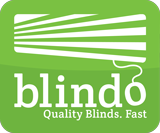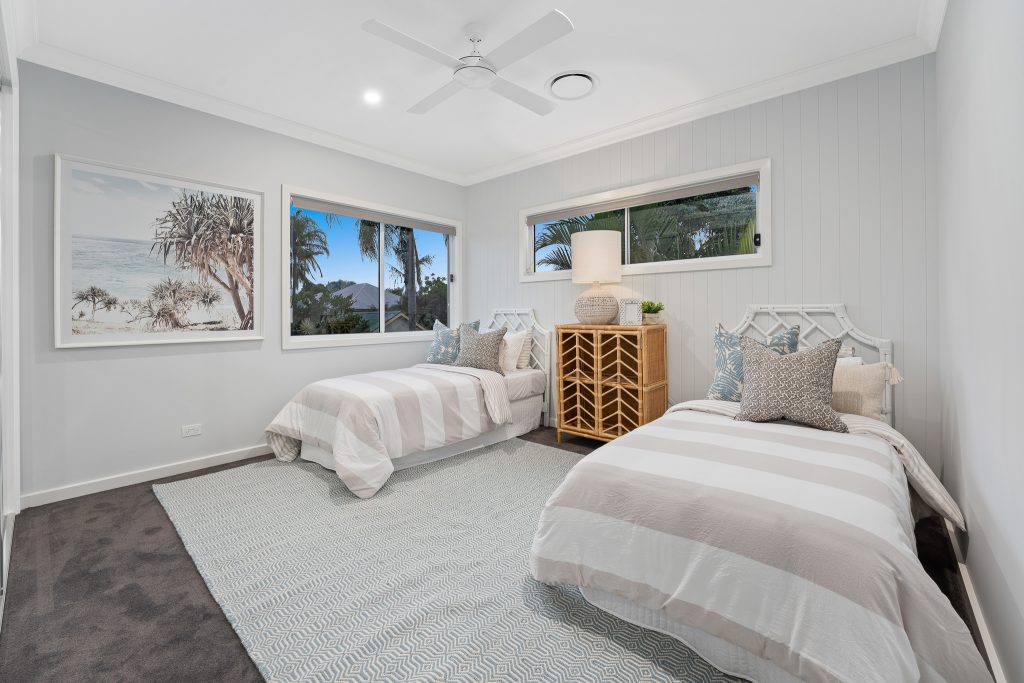Technology is quickly being integrated into our everyday lives, and the home is no exception. When we envisioned what our homes would look like in the future, devices such as home automation blinds, and touch screens that could control everything from the temperature of our coffee, were some of the few technological advances expected.
Though the domestic face of technology is yet to reach that level expressed in fiction, many people would be surprised to know that the features they envision in the ‘future home’ are available right now – such as light clappers, on-demand music and television, and home automation blinds.
Smart Home Trends: From Home Automation Blinds to Adaptive Light Settings
More and more Aussies are adopting tech into their homes, with an estimated 50% of households incorporating smart home technology. While we might be a little while away from having a central system to control every avenue of house, technology is evolving in leaps and bounds – though one of the common difficulties of smart homes is undoubtedly the setup process, as devices such as the lights, television sets, speakers, and blinds and shutters likely require different programs.
A quick look at smart home trends shows that the Internet of Things (IoT) has grown 57% in the past twelve months and forecast to be worth a staggering $5.3 billion by 2033. Considering that technology such as Amazon, Alexa, Google Home and Google Assistant is improving at a rapid pace, it’s no surprise that smart home technology is being adopted by more households. The enthusiasm for modernising the home also undoubtedly has a major influence from millennials and Gen Z, who’ve grown up being heavily shaped by technology.
Though still in its infancy, smart homes are set to rapidly evolve in the next decade for more seamless integration. Features such as home automation blinds, video doorbells, and light settings will hopefully rely less on manual programming and more on machine learning. Much like the AI algorithm patented by Spotify can learn your music taste, so too will the smart home figure out how to adapt accordingly – whether it’s adjusting the temperature, automatically switching lighting on at night, or timing your home automation blinds to slide up with your alarm clock.
Home Automation Blinds: Smart Motors, Voice Control and Scheduling
You could go and purchase ready to go automated smart blinds, but the costs involved can be very expensive. Bespoke home automated blinds would also have to replace your existing blinds, and often come with a remote control, which if lost, would render the blinds useless. On the other end of the spectrum, attempting to create your own automated smart blinds can be a challenging process that involves some technical know-how and a lot of patience.
How can You Incorporate Automated Smart Blinds Into Your Home in an Easy, Cost-effective Way?
Purchase a Smart Motor for Blinds
This option requires a little bit of DIY work but allows you to keep your blinds instead of purchasing a new electronic set. As long as your blinds have a chain mechanism, purchasing a blind engine and looping the chain around is a simple way to mechanise the pulling. Depending on how much you want to spend, a smart motor for blinds can be done by the touch of a remote, or from your phone with an app. Additionally, with a phone, you can even set a schedule for when you want your blinds to raise or lower – which is perfect for people who have trouble getting up in the morning.
Alexa Automated Blinds
Alexa, raise my blinds! Automating your home wouldn’t be as much fun without the addition of voice control, and many smart blind kits allow for this. If you own an Amazon Echo, it’s relatively easy to pair your blinds or shades and create Alexa automated blinds. You can even configure the blinds to open for keywords such as a simple ‘open and close’ or long phrases such as ‘Alexa I’m off to work.’
Automated Blinds Google Home
Integrating your blinds with Google Home works the same as Amazon Echo, with many devices offering dual compatibility. Kits that pair with existing technologies can be purchased relatively cheaply online, costing roughly $100 – $150. Comparatively, purchasing blinds that are already integrated with smart home technology can be quite expensive, easily costing hundreds of dollars, if not more.
Interested in finding out more about home automation blinds but unsure where to start? Get in touch with a member of our team today for some tips and tricks on automating blinds, or recommendations on the right user-friendly blind automation kits. Browse our full range and buy blinds online for Australian-made blinds at the best prices.

